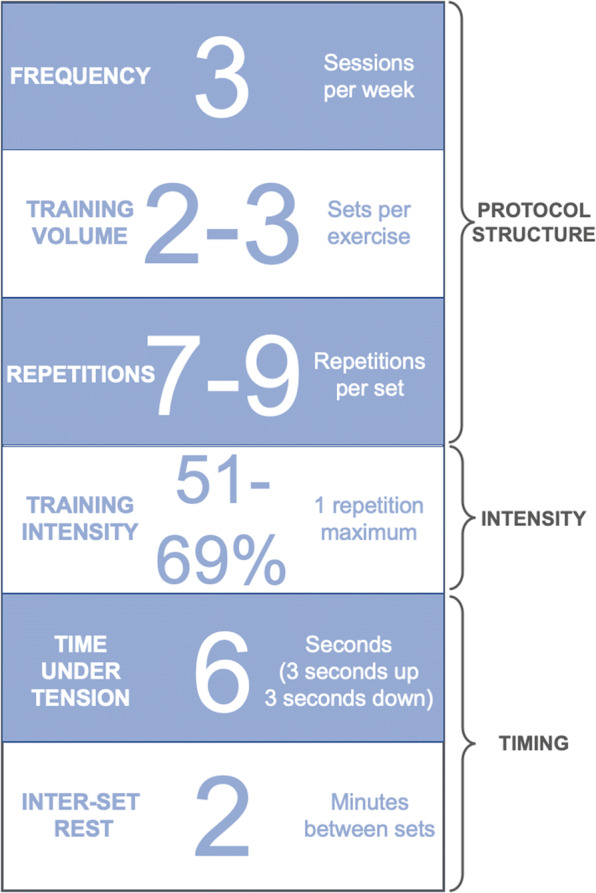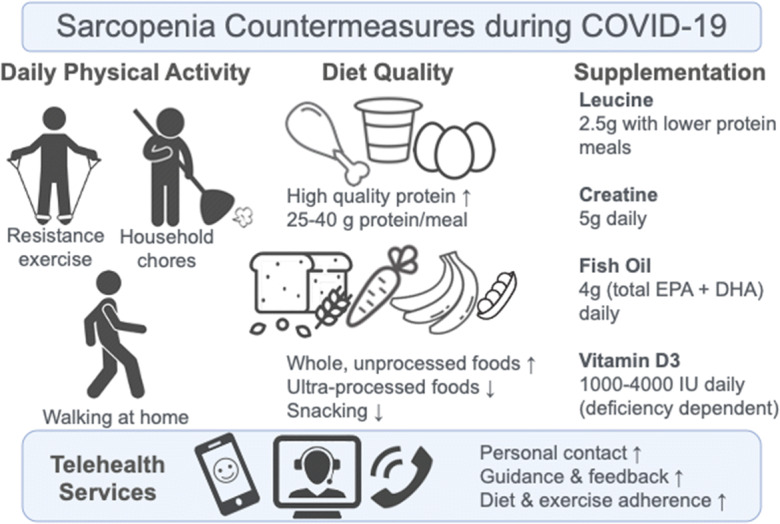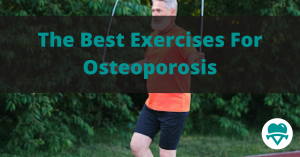National and regional lockdowns throughout this year due to COVID-19 have changed our lives in many different ways. They have meant that we have all been spending much more time at home, leading to obvious increases in physical inactivity and sedentary behaviour.
A recently published review in Geroscience titled ‘Sarcopenia during COVID-19 lockdown restrictions: long-term health effects of short-term muscle loss’ highlights the consequences of this drastic lifestyle change.
The findings are especially relevant for our readers so we have picked through it with a fine tooth-comb and broken it down for you below. We also explore what measures you can take to counteract these effects.
As discussed in this previous post, sarcopenia is the age-associated loss of muscle mass and strength. This begins as early as your 40’s! The progressive loss of muscle mass and strength is associated with cardiovascular disease, frailty, reduced quality of life, risk of falls, cognitive decline, depression and all-cause mortality (death from any cause!).
The cause of this decline in muscle mass and strength is multifactorial – but lifestyle factors, genetics and the presence of other conditions and disease are known to play a role. Evidence specifically tells us that a large determinant of this decline and the speed of the decline is due to physical inactivity and poor nutrition.
Key Features of Sarcopenia:
- There is a loss of the normal balance between normal muscle protein synthesis and muscle protein breakdown
- Weight-bearing and resistance exercises, as well as the digestion of high-quality protein rich essential amino acids, are known to stimulate this balance in favour of muscle protein synthesis- increasing muscle mass and strength
- As we get older we tend to be less active naturally- so the balance gets tipped towards muscle loss
- Older adults also experience a decreased response of physical activity and protein digestion to even stimulate this tip of the balance in favour of muscle protein synthesis (this is known as anabolic resistance). This means greater durations and intensities of exercises are needed to maintain muscle in older adults, as well as greater quantities of protein consumption (often exactly what older adults are not doing)
- Other age-related changes affecting muscle mass and growth are: increases in adiposity (fat); increases in systemic inflammatory markers; dysregulation of hormones that normally regulate muscle growth and the coexistence of a range of other comorbidities (cardiovascular conditions, type two diabetes, obesity). Physical inactivity and poor diet also increase all of these! Highlighting the cyclical and progressive nature of this muscle mass loss.
How have our physical activity levels changed during lockdown?
Smartphone data as well as self-reported questionnaires highlight how drastically lockdowns have affected our activity levels: with an average 33.5% reduction in numbers of minutes spent being physically active (1)! Loss of muscle mass unfortunately occurs rapidly with inactivity: studies have reported rates of 1.7% loss of muscle volume per day with immobility, increasing to 5.5% after just one week (2). These rates were detected in healthy young men, who are not additionally experiencing the physiological effects of sarcopenia.
How have our eating habits changed during lockdown?
As well as being less active, people are reporting an increase in numbers of meals and snacks consumed (1). Studies also show that this weight gain has been greater in those over 36, and those who were already considered overweight or obese (3). Most people are reporting increases in “comfort foods” and “snacks” (4).
Eating more frequently and eating higher calorie foods has different effects on muscles. Generally higher calorie diets are lower quality – less protein meaning less muscle growth. Higher calorie diets lead to increases in body fat, associated with further muscle loss, increases in systemic inflammatory markers and increased risk of a number of metabolic disorders.
Lockdowns also pose the problem of reduced access to food, especially good quality fresh food, and especially in those potentially isolating. As well as weight gain potentially being detrimental to muscle growth, weight loss also can be. Even in healthy individuals losing weight, approximately ¼ body mass loss is fat-free mass, i.e. muscle mass! (5)
How have our sleep, stress and anxiety levels changed during lockdown?
Sleep, stress and anxiety levels have all been highly disrupted by the pandemic. In a recent study from Italy, around 2/3 reported disrupted sleep, ⅓ reported high anxiety levels, and ⅖ reported high levels of distress (6). Unfortunately all of these things are intimately interlinked!
Eating is a well known coping mechanism for dealing with stress. Stress is associated with sleep disturbances. Stress and poor sleep can contribute directly to muscle loss through metabolic pathways. Additionally, people who have insufficient sleep have been shown to engage in worse general health behaviours: physical inactivity, smoking, and drinking (7)
How does getting less sun exposure and vitamin D affect us?
When you spend more time indoors, you get less exposure to the sun, and therefore less exposure to vitamin D. Vitamin D has a wide range of very complex roles within the body, including to the health of your bones and muscles. Ultimately vitamin D insufficiency leads to poor muscle contraction, reduced muscle mass and size, and has been recently cited as a risk factor for COVID-19 infection and severity (8).
But we don’t ever want to be all doom and gloom. So let’s focus on what we can do about this.
Resistance exercise
Resistance exercise (strength training) is known to improve muscle size and strength in all individuals, including older adults. This hypertrophic response of muscles is further enhanced in a number of studies with high protein diets.
Resistance exercise has also been shown to improve a number of markers of cardiovascular health- i.e. cholesterol, BP, glycaemic control, functional capacity, bone mineral density, sleep and cognitive performance.
And just to give resistance training more bang for its buck – it has also been shown to improve immune function!
This article summarises the evidence on resistance exercise variables to improve muscle mass in older adults in the image below:

Aerobic exercise
Although as a strength training blog we are a little biased, we mustn’t forget aerobic training too.
Lifelong aerobic activity has been shown in multiple studies to not only lead to extremely positive cardiovascular and systemic health benefits, but to also decrease the decline in muscle size and strength by up to 50%. This figure is significant considering aerobic training is not directly working on muscle size or strength (9).
Ultimately aerobic exercise on its own is not going to be as effective as strength training to maintain or improve muscle mass in older adults, but aerobic exercise and activity still has an important role to play. Especially in terms of cardiovascular benefits, controlling weight and increasing evidence supports its positive role in immune response (10).
Although the thought of aerobic exercise may put some people off, according to UK exercise guidelines this can be as much as brisk walking! Walking interventions, increasing daily steps by only a small amount, have been demonstrated to lead to a vast amount of benefits: improved quality of life, better immune function, improved weight maintenance, improved metabolic syndrome markers and reduced levels of depression and stress!
The article summarises their recommendations to counteract sarcopenia and the negative effects of the lockdown in this image:

Conclusions
We already know that the lockdowns due to COVID-19 are going to affect people’s health. We have seen and experienced this over the last few months. What we need to remain vigilant about is the extent of this effect on certain populations, especially older adults.
But we must not lose hope. There are a number of proven recommendations, both useful and practical, which can counteract the progression of muscle mass loss, and lead to significant improvements in functioning, well-being and long-term quality of life in these populations. These include resistance exercise, aerobic exercise and dietary changes.
Ultimately daily physical activity is essential, no matter what age group you are in. But it is especially important for older adults to perform some form of resistance/ strength training to maintain or improve their muscle mass during this time. If you would like further advice on how to start this, check out our other blog posts and have a look at our free 6 week beginner strength programme which can be done anywhere – so you’ve got no excuse even if the gyms are closed!
Finally, this pandemic won’t last forever, but its impact could do. We need to ensure as a society we reduce these negative impacts on our friends, families and loved ones as much as we can. We must work together to educate and empower wherever we can!





